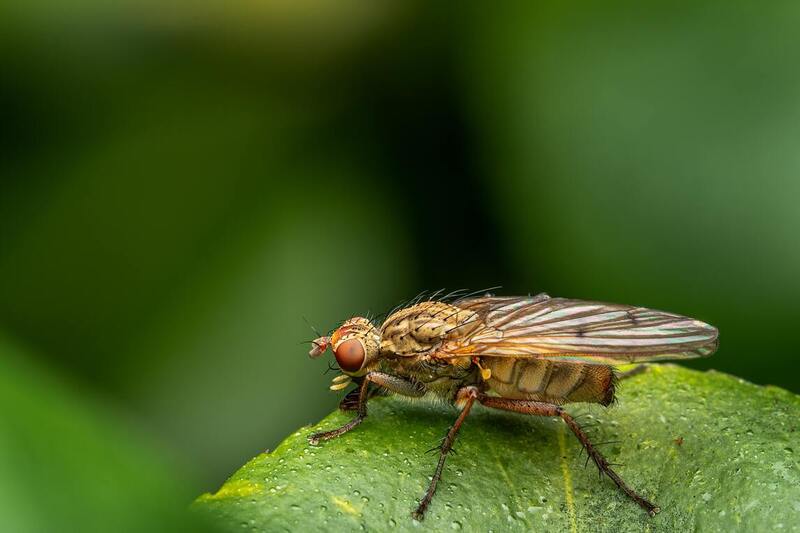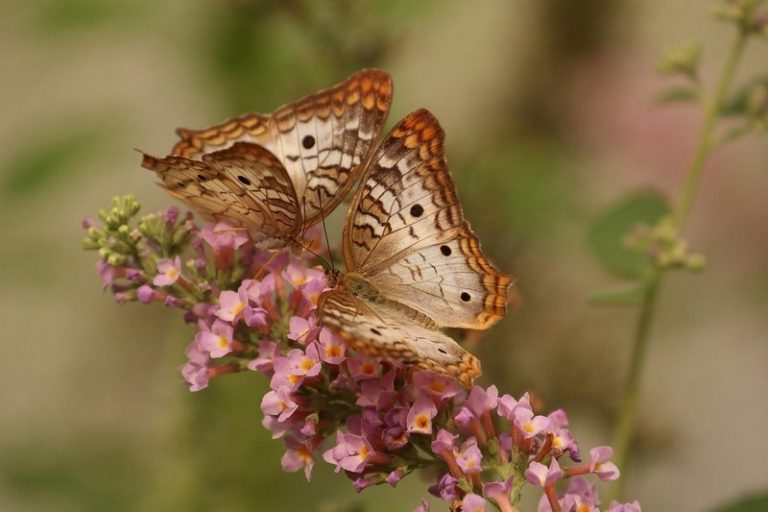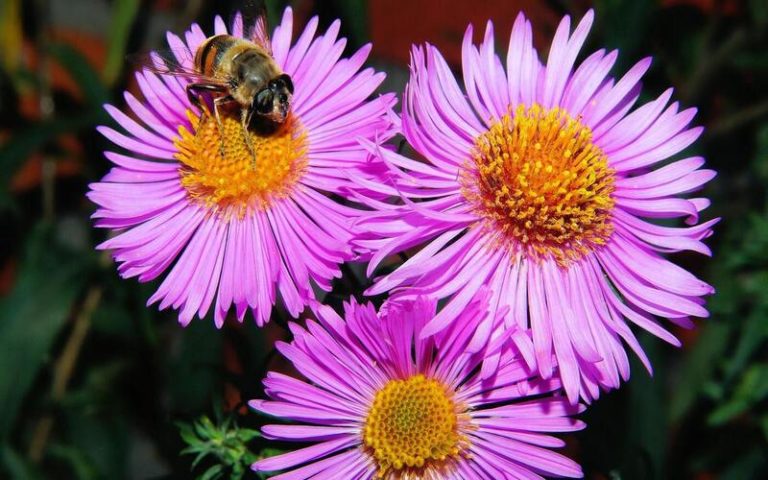Fly Predators: An Easy and Affordable Fly Control Solution
Fly infestations can be a nuisance to both humans and animals, not to mention the potential health risks they pose. Fortunately, fly predators offer a natural and effective solution to control fly populations.
In this article, we will explore the benefits of using fly predators and how they work to keep fly populations at bay.
Introduction
Fly predators are natural predators of flies that control their population. They are tiny parasitic wasps that lay their eggs inside fly pupae, preventing adult flies from emerging.
These wasps are completely harmless to humans and animals and pose no risk to the environment. Using fly predators as a means of controlling fly populations is an environmentally friendly and cost-effective alternative to other control methods.
Importance of Controlling Fly Populations
Flies are not only a nuisance; they can also pose serious health risks to humans and animals. Flies can transmit diseases such as salmonella, E. coli, and various viruses.
They can also cause allergic reactions in some individuals. Fly populations can quickly spiral out of control, making it difficult to manage without proper intervention.
Benefits of Using Fly Predators
Using fly predators to control fly populations has several benefits, including:
Natural: Fly predators are a natural means of controlling fly populations, making them an environmentally friendly option.
Cost-effective: Fly predators are a cheap way to get rid of flies, especially when compared to pesticides and other methods.
Easy to Use: Fly predators are easy to use, requiring no special equipment or expertise.
Long-lasting: Fly predators continue to work for weeks after being introduced, providing long-lasting fly control.
Fly Life Cycle:
Before delving into how fly predators work, it is important to understand the fly life cycle. The fly’s life cycle consists of four stages:
Egg: Female flies lay their eggs on organic matter, such as decaying food or animal waste.
Larva: The eggs hatch into larvae, which feed on the organic matter they were laid on.
Pupa: After feeding, the larvae enter the pupa stage, where they develop into an adult fly.
Adult: The adult fly emerges from the pupa and begins the cycle again by laying eggs.
Factors That Affect Fly Populations
Temperature, humidity, and the availability of food and places to lay eggs can all affect the number of flies. Flies thrive in warm, moist environments and reproduce quickly.
Removing breeding sites, such as animal waste and decaying food, can help reduce fly populations.
How Fly Predators Work
Fly predators work by targeting fly pupae, which are the last stage of the fly life cycle. Female fly predators lay their eggs inside the pupae, preventing adult flies from emerging. The developing wasp larva feeds on the pupa, killing the fly before it can emerge.
Types of Fly Predators
There are several species of fly predators, including Spalangia cameroni and Muscidifurax raptor. These species are highly effective at controlling fly populations, with each female fly predator able to parasitize multiple fly pupae.
How to Use Fly Predators
Using fly predators is easy and requires no special equipment or expertise. Simply introduce the fly predators to the area where fly populations are present. The fly predators will seek out fly pupae and lay their eggs inside them, preventing adult flies from emerging.
Best Practices for Using Fly Predators
When using fly predators, it’s important to follow these best practices to get the most out of them:
Use Enough Fly Predators:
It is important to use enough fly predators to control the fly population. The recommended rate is 500–1000 fly predators per animal per week.
Introduce Fly Predators Early:
Introducing fly predators early in the season before fly populations get out of control is key to effective fly control.
Maintain Good Sanitation:
Getting rid of places where flies can lay their eggs, like animal waste and rotting food, can help reduce the number of flies and help fly predators do their jobs.
Store fly predators correctly: Store fly predators in a cool, dry place and use them before their expiration date.
When to Use Fly Predators
Fly predators can be used to stop flies from coming in or to get rid of flies that are already there. Using fly predators early in the season can prevent fly populations from getting out of control. If there are already a lot of flies, bringing in animals that eat flies can help reduce the number of flies and prevent more from coming.
Effectiveness of fly predators:
A study done by the University of Nebraska found that flies can be cut by up to 95% by animals that eat them.
According to Spalding Labs, a leading producer of fly predators, their product can reduce fly populations by up to 90% when used properly.
A ranch in California reported a reduction in fly populations from 50,000 to just a few hundred after using fly predators for several months.
A horse farm in Pennsylvania saw a 75–90% reduction in fly populations after using fly predators for one season.
After putting in place a fly predator program, an organic dairy farm in Michigan saw a 95% drop in the number of flies.
These facts show how effective fly predators are at reducing fly populations, showing how important it is to use them as a natural and long-term way to get rid of flies.
Conclusion
Fly predators offer a natural and effective solution to control fly populations. By targeting fly pupae, fly predators prevent adult flies from emerging, reducing the risk of disease transmission and the nuisance caused by fly populations.
Using fly predators as a means of controlling fly populations is an environmentally friendly and cost-effective alternative to other control methods. By following best practices for using fly predators, you can ensure the most effective fly control and enjoy a fly-free environment for you and your animals.
Also Read:
Eco-Friendly Pest Control: Safe and Natural Methods for Your Home







